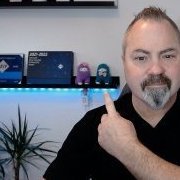
using SCCM 2012 RC in a LAB - Part 10. Using Prestart and Extrafiles to get more out of UDA
By
anyweb, in Configuration Manager 2012

By
anyweb, in Configuration Manager 2012
We have placed cookies on your device to help make this website better. You can adjust your cookie settings, otherwise we'll assume you're okay to continue.